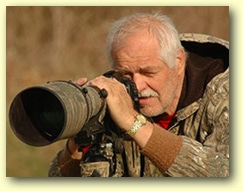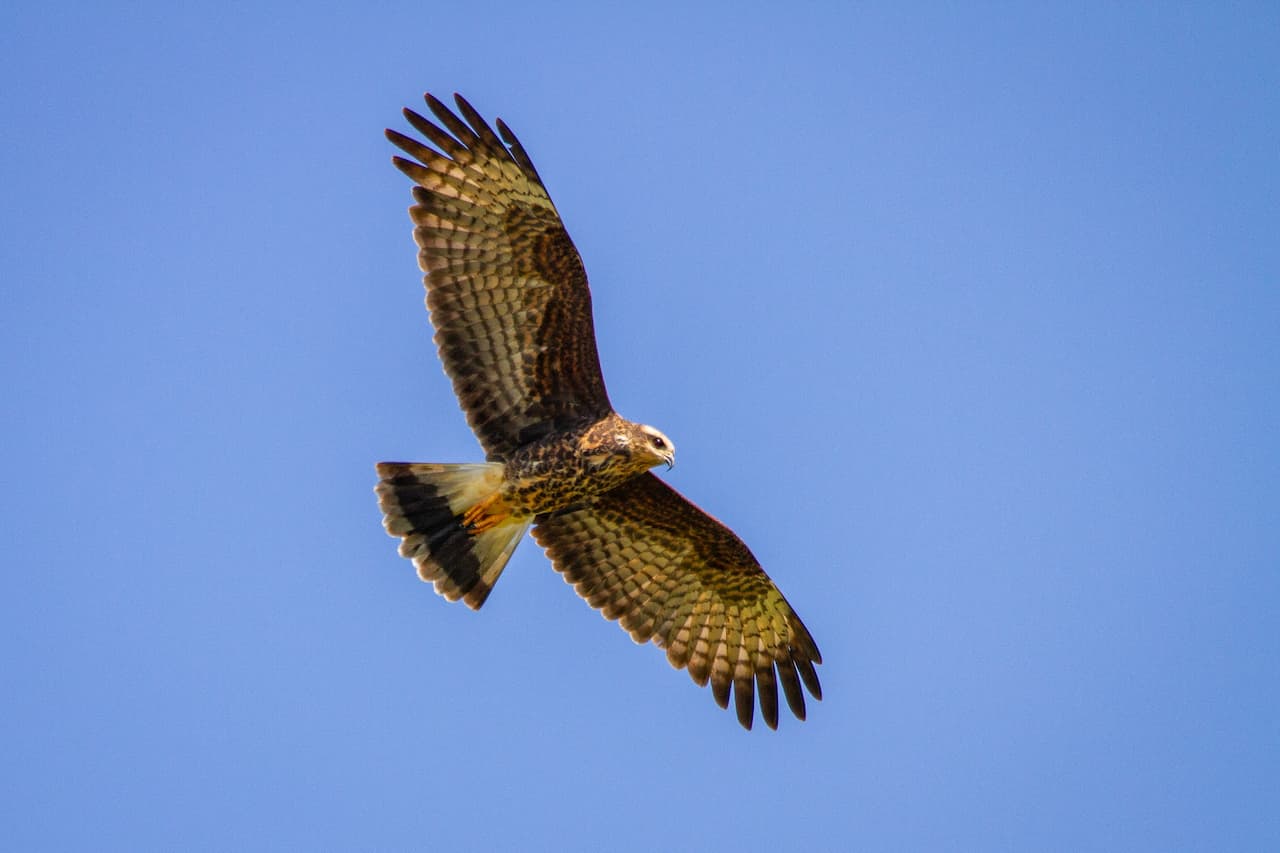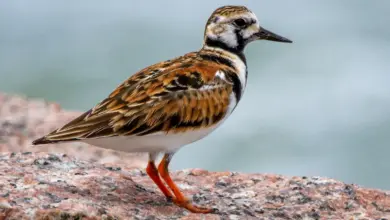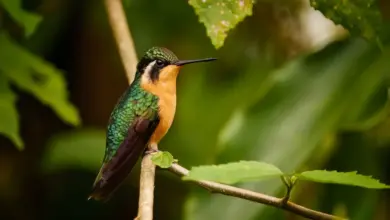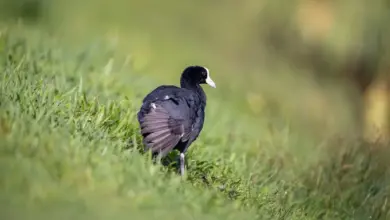Photography: Wetlands
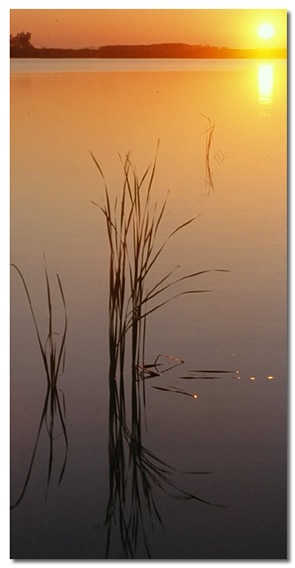
The wetlands are relatively bright habitats……primarily due to the fact that the area is flat and the water reflects the light causing more brightness. Consequently, when the animal or birds are most active……early morning or late afternoon……there is enough light to shoot with larger telephotos at respectable shutter speeds.
Low direct light is attractive in the wetlands as it adds texture to the reeds and grasses. Bird photography close-ups work well with side lighting. Reflections in the water work best with a high direct sun. The sun on overcast days (unlike those in the woodlands) is difficult to work with, however, if working within the “hammocks” (clumps of trees) in the Everglades or Okefenokee things are the same as the woodlands.
For photographing many wading bird species in these place a blind works best. There is hardly no sneaking upon these bird as the soft boggy soil and the tangled vegetation make a quiet approach impossible. Depending where one is located, (In the Everglades a car works fine….in the Okefenokee, use a flat bottom boat and a pole.) but if in spots that are often visited by people, the birds have become accustomed to people and they almost pose for you.
Besides the birds, the wetlands are a great habitat for reptiles and insects. Gators being the largest of the reptiles in the states, and many forms of snakes and lizards are also found. Gators are either sleeping on a bank or swimming, and if the latter, because of their curious nature, they will come close to you. Baby gators (under 2 feet long) always have a mama nearby that will be very protective.
Don’t get lost! Use your sun gear and have fun exploring a vivid habitat.

